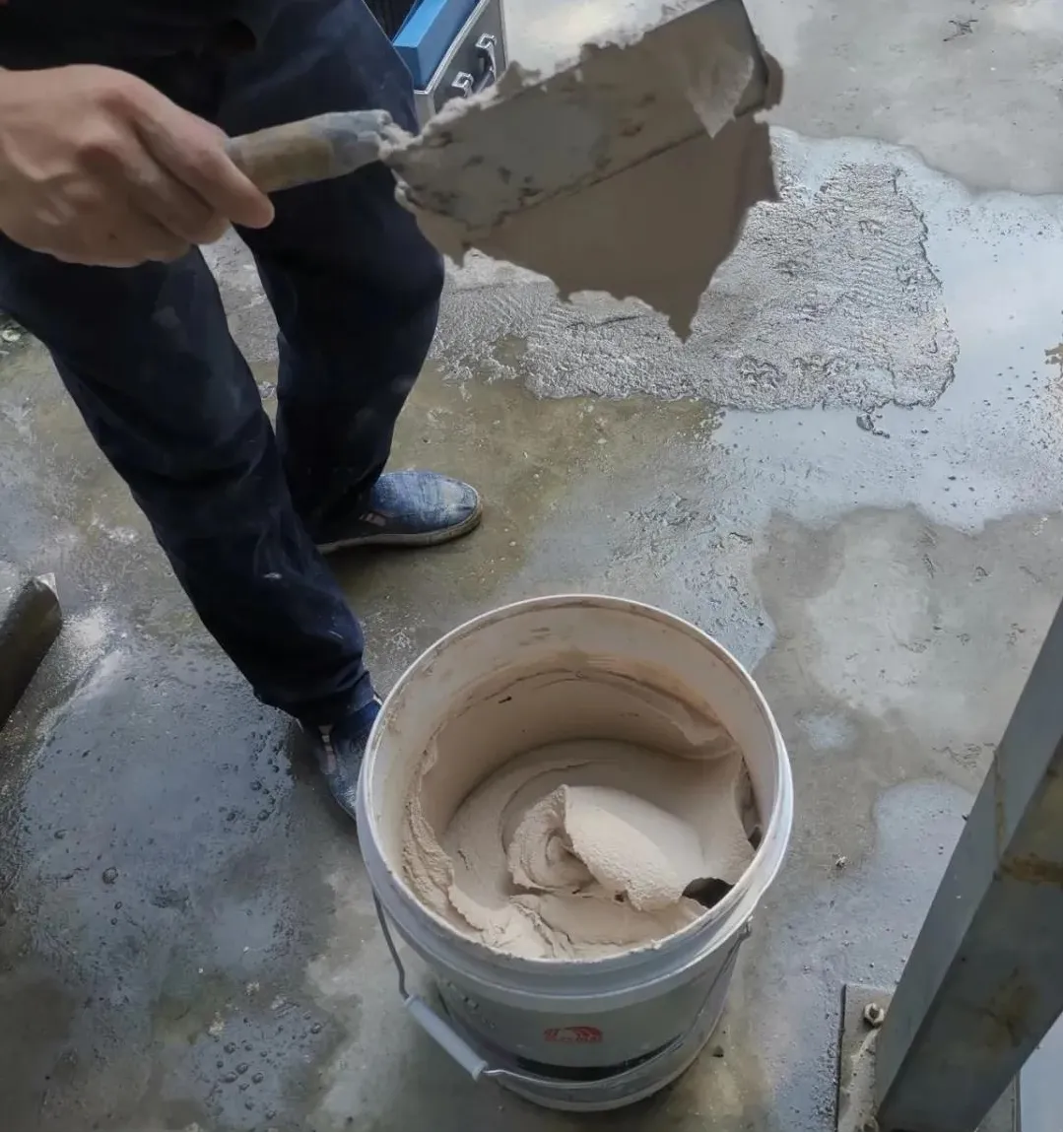
Improving Workability and Performance with Effective Gypsum Retarders
The Role of Retarders in Gypsum-Based Materials
Gypsum is one of the most widely used construction materials due to its versatility, affordability, and ease of application. However, one of the challenges in working with gypsum-based materials is controlling the setting time. In fast-paced construction or manufacturing environments, premature setting can lead to waste, surface imperfections, and uneven strength. This is where a gypsum retarder becomes essential.

A gypsum retarder is a substance added to gypsum formulations to slow down the setting process, providing workers with a longer window to mix, pour, and finish the material. Without a retarder, gypsum can begin to harden within minutes of mixing with water. The use of gypsum additives—particularly retarders—ensures better control over this process and enhances the final product's quality and durability.
One widely recognized traditional ritardante per intonaco is cream of tartar plaster retarder. This food-grade material, chemically known as potassium bitartrate, has long been used to delay the setting of plaster due to its gentle action and compatibility with other gypsum components. It is often preferred in decorative applications and art plasterwork, where fine detail and extended working time are crucial.
In modern construction, more advanced gypsum plaster retarder formulations have been developed. These may be synthetic, organic, or natural compounds that offer controlled and predictable setting times across different temperatures and humidity levels. Whether for wall plasters, ceiling tiles, or prefabricated panels, retarders are integral to maintaining flexibility in gypsum-based construction workflows.
Choosing the Right Gypsum Additives for Your Application
Not all gypsum is the same. Depending on the end use—such as hand-applied plaster, machine-applied gypsum, or precast panels—different gypsum additives are required to achieve optimal results. Retarders are just one part of a broader category that includes hardening accelerators, water reducers, bonding agents, and more.
Quando si seleziona un gypsum plaster retarder, it’s important to consider several factors:
Setting time control: Does the product offer consistent delay under varying site conditions?
Compatibility: Is the retarder chemically compatible with other additives in the mix?
Workability: Does it improve or maintain ease of application?
Surface finish: Will the use of the retarder affect the appearance or texture of the finished surface?
For traditional or small-scale projects, cream of tartar plaster retarder remains a dependable option. It's easy to handle, widely available, and effective at moderate dosages. However, for large-scale or automated processes, more engineered ritardante per intonaco products may be required. These are often designed for enhanced dispersibility and performance across diverse gypsum types, including alpha- and beta-hemihydrate forms.
Builders and manufacturers should also keep in mind that overuse of a gypsum retarder can lead to excessive setting delays, poor strength development, or surface defects. Therefore, it is essential to follow dosage recommendations and conduct testing for each application type.
In conclusion, selecting the right gypsum additives, particularly effective and reliable retarders, is key to improving workability, reducing waste, and ensuring a professional finish in gypsum-based construction. Whether you're using cream of tartar plaster retarder for fine plasterwork or an industrial-grade gypsum plaster retarder for automated production, these additives offer vital control over the setting process, helping you achieve quality results every time.
-
Hydroxypropyl Starch as a Sustainable Construction AdditiveNewsNov.24,2025
-
The Gelation Properties of CMCNewsNov.21,2025
-
Redispersible Latex Powder and Water Retention CapacityNewsNov.21,2025
-
Dosage Control for Polycarboxylate Water ReducerNewsNov.21,2025
-
Film-Forming Properties of Polyvinyl AlcoholNewsNov.21,2025
-
The Function of Gypsum Additives in MortarNewsNov.21,2025





















